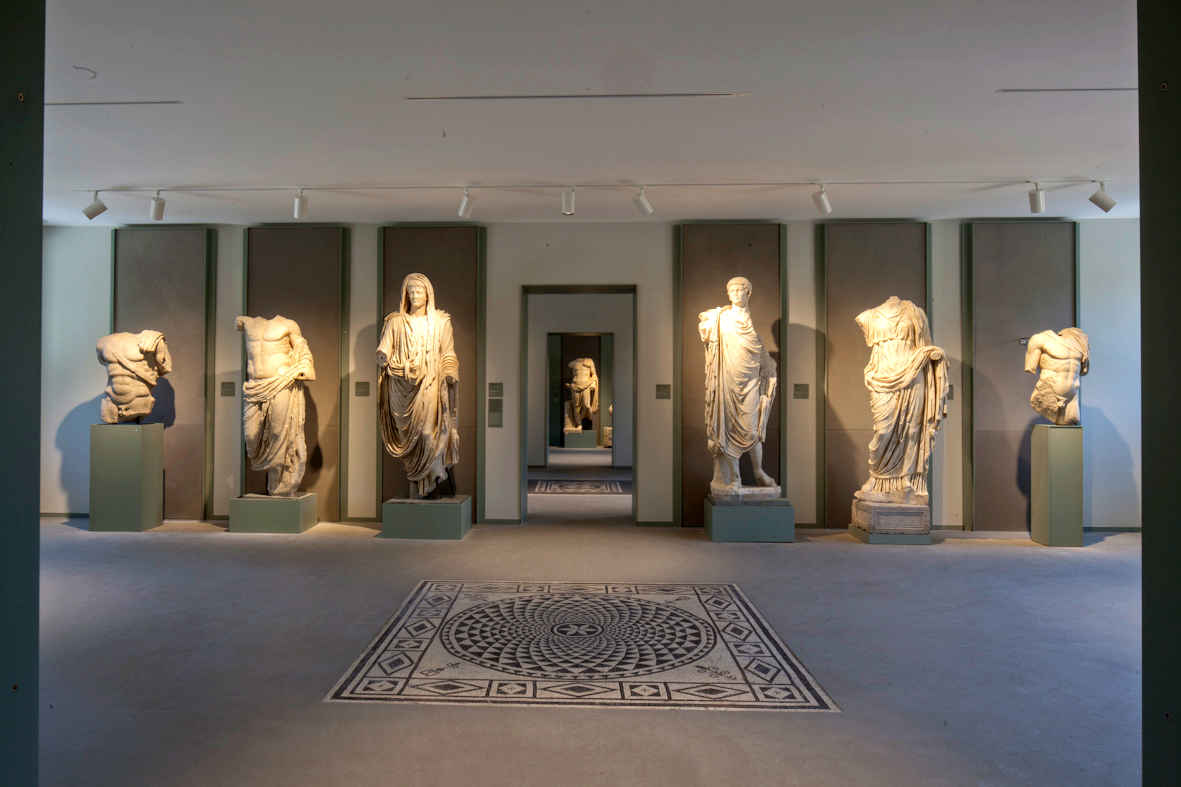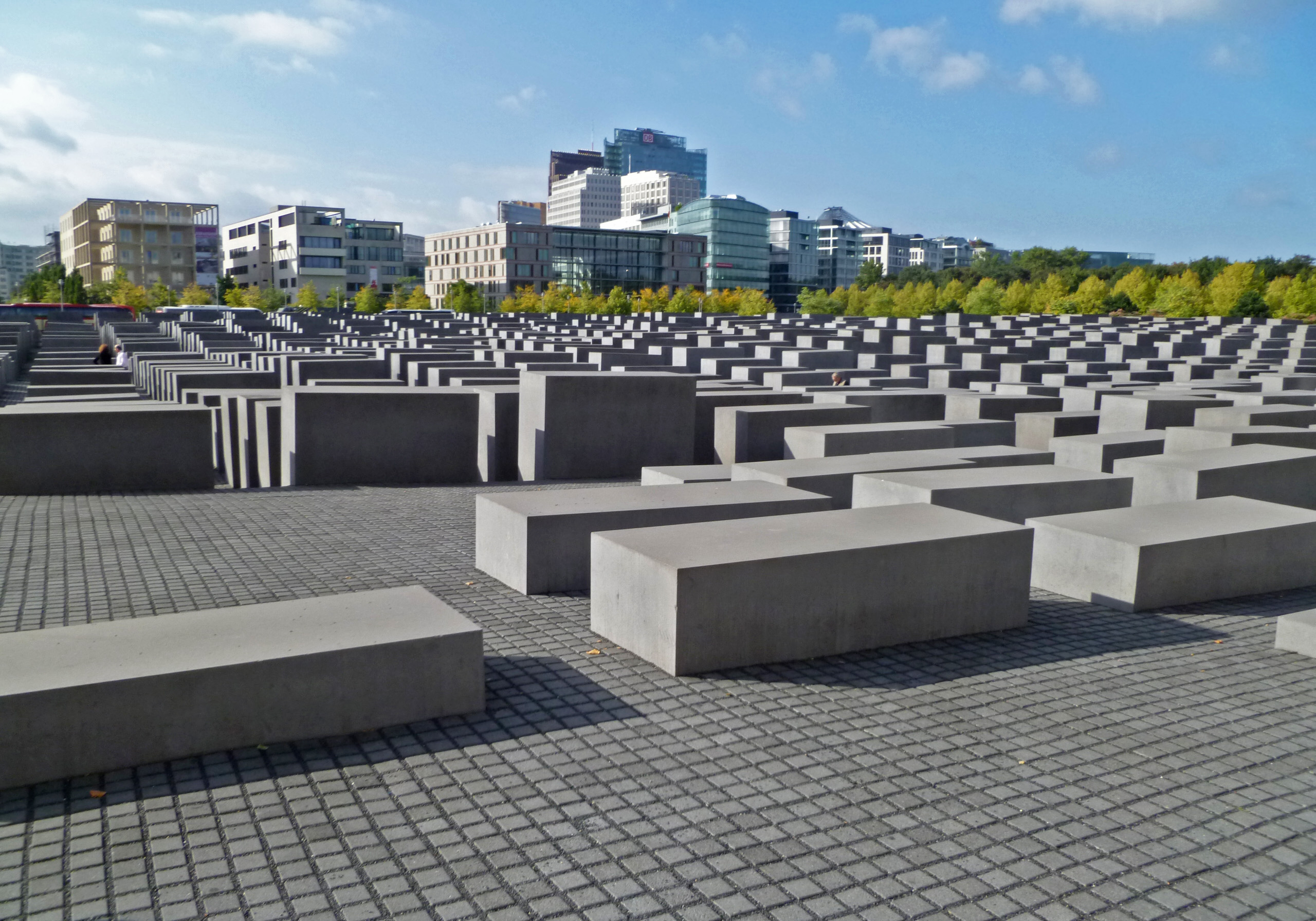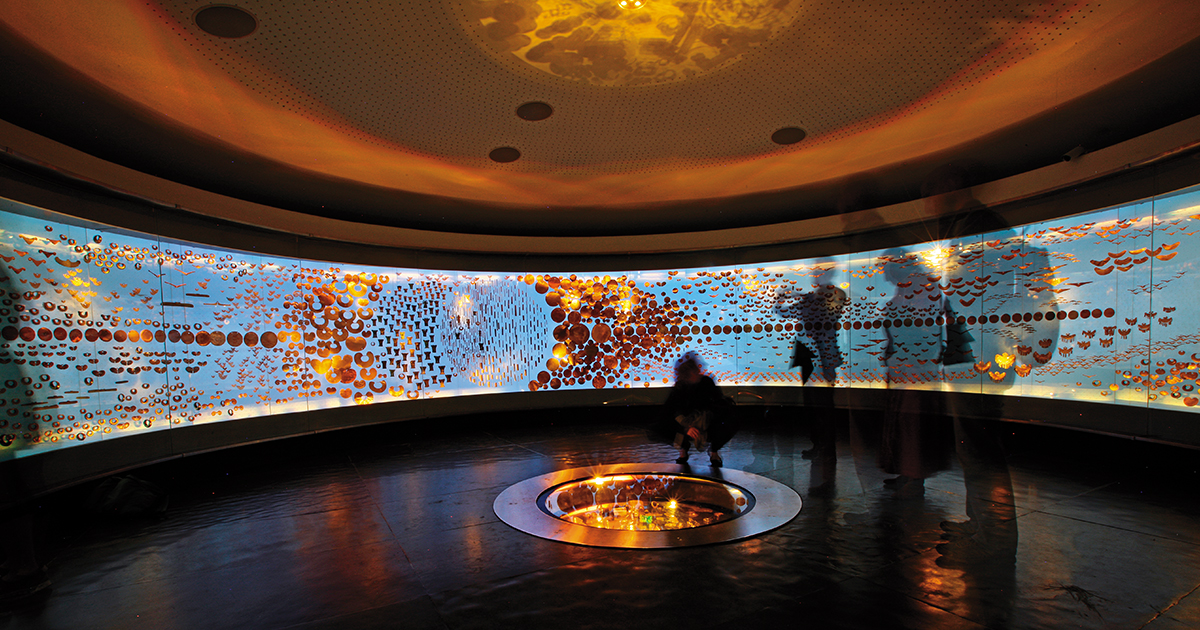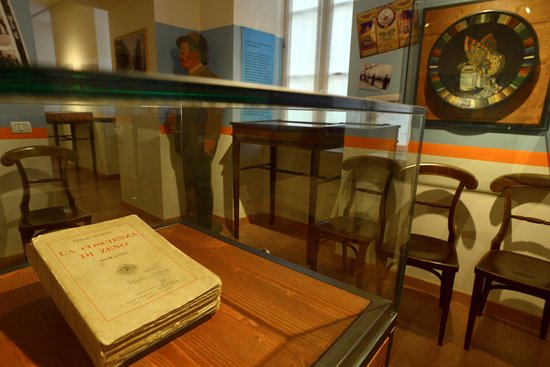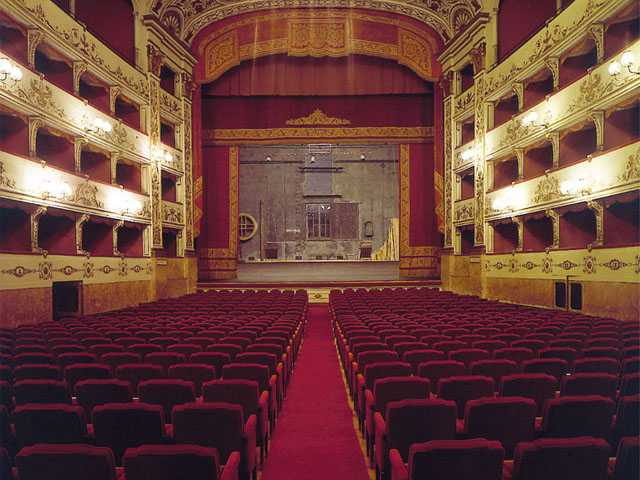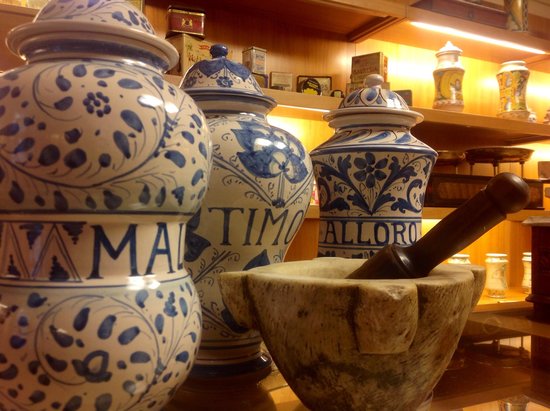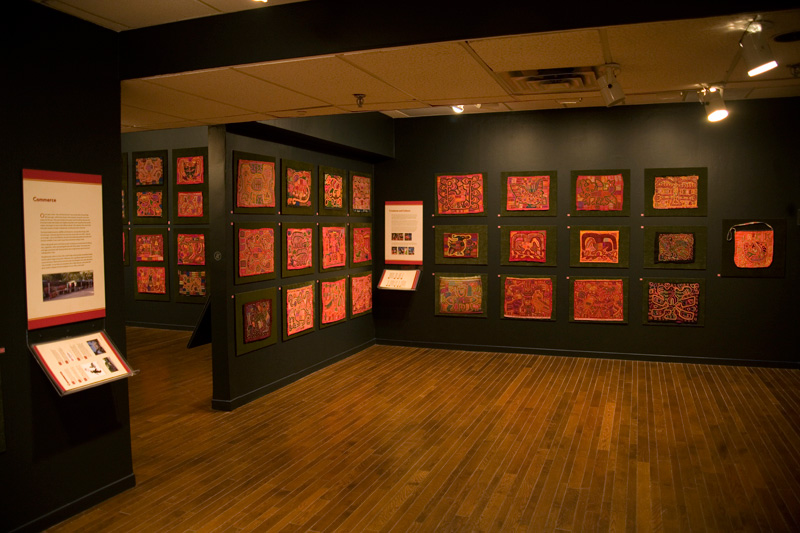The National Archaeological Museum of Aquileia is the oldest and most visited museum complex of the archaeological site, one of the most attractive destinations for cultural tourism in the Friuli Venezia Giulia region, since 1998 declared World Heritage Site (UNESCO).
The Museum was established on August 3, 1882 as the Imperial-Regio Museo dello Stato" of the Austro-Hungarian government, under the patronage of Emperor Franz Joseph, in the neoclassical Villa Cassis Faraone, to house the historical collections received as a gift or purchased by the most illustrious families of Aquileia, progressively supplemented by the results of archaeological research conducted from the 19th century to the present day.
The new exhibition itinerary, inaugurated on August 3, 2018 following an extensive renovation and refurbishment work carried out thanks to funding received from Mibac as part of the Strategic Plan "Grandi Progetti beni culturali", allows visitors to retrace the history of one of the most important Roman cities in Northern Italy according to an interdisciplinary and inclusive approach, more responsive to the demands of an increasingly wide and demanding public.
The exhibition criterion, initially based on the typological classification of the finds, has been rethought; the materials have undergone careful selection and are now presented within their areas of use, in order to offer a more engaging narrative path.
At the centre of the story is the Roman city of Aquileia, a large Mediterranean port where different goods, people, languages, religions and cultures met and coexisted, helping to bring new ideas to an area that has always been of strategic importance, as a hinge and link between East and West, between the Mediterranean and the northern and eastern regions of Europe.
The main body of the Museum has seven thematic sections on three floors, in which inscriptions, sculptures, mosaics of rare beauty and precious artefacts are displayed, together with everyday objects relevant to everyday life, organised and enhanced by a museum itinerary with an engaging interpretation. The external lapidary galleries, built in several phases during the twentieth century, currently house the rich epigraphic collection of Aquileia and precious mosaics.
